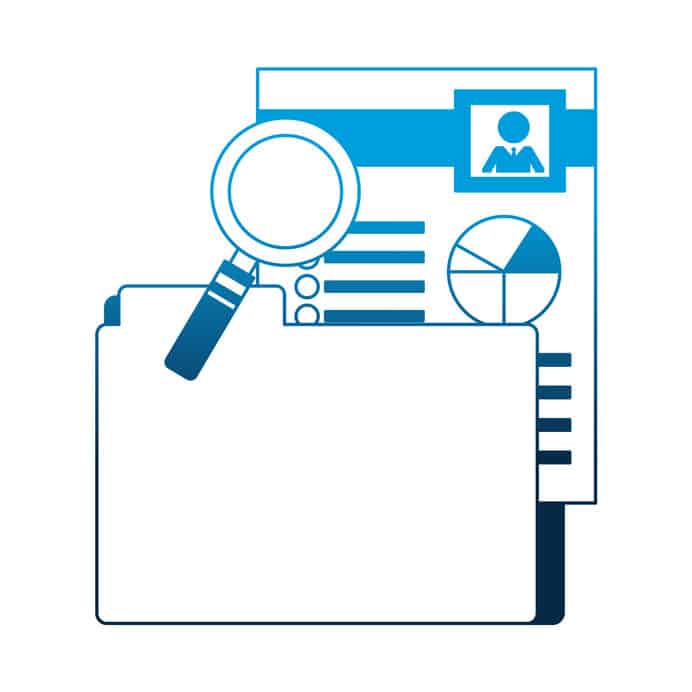

A critical part of any project, and often the difference between success and failure, is gathering functional requirements before the development process starts. A proper definition and documentation of these requirements make things simpler for everyone; from business analyst to the customer, and from the development team to the end-user. It helps create better estimates, reduces costs, improves user satisfaction, and shortens the duration of the project. On the other hand, failure to do this can lead to a lack of communication and understanding between the stakeholders involved in the project and cause constant delays and numerous revisions. Ultimately, poorly defined functional requirements can result in a faulty and unsuccessful product. Good functional requirements document, or FRD, enables smooth implementation of the project and stands as an indicator of competence and capability of a business analyst.

The functional requirements document (FRD) is a formal document detailing the requirements required to achieve business needs. The document serves the purpose of a contract so that the client can agree what they deem acceptable for the capabilities of the product. The functional requirements document is a core document for product development. Functional requirements specified in the document determine the intended behaviour of the system. The FRD lays out the system’s functionality in detail by describing that expected behaviour which may be realised as tasks, services, or functions. The document makes clear how the project team plans to satisfy the business need. The contents of the document explain the said business need, current and desired state, and functional requirements. The FRD is independent of the solution. It doesn’t provide information on how the product will be developed, how it will work, or what it should be, but rather what the product should do. As such, the functional requirements commonly come in the form of requirements statements. The functional requirements document commonly includes a list of requirements statements organised by the feature with identified priorities. This type of documentation is very important for the whole development as it presents a link between the business and technology sides of the process. It’s a point where stakeholders and technical teams meet and it further ensures cooperation between the two sides. The FRD reiterates the business needs by turning them into functional capabilities and features that need to be achieved by the product or system. It makes sure that the team working on the project fully understands the requirements and is concentrating their efforts to develop a solution that will satisfy business needs. However, the functional requirements document doesn’t force the teams to commit to specific designs nor does it impose the solution. Instead, it allows them to determine in which way they will develop the project so it answers the requirements. In most cases, the functional requirements document is created by a business analyst. However, it’s a good idea that they do it under the supervision technical expert who can offer more insight into the technical side of things, for example, a system architect or a qualified engineer. Furthermore, during the preparation of the FRD, the business analyst should consult the project manager and all stakeholders. This is necessary to perform a proper analysis of the requirements and gain a full understanding of them. In agile context a product owner or product manager may choose to specify product requirements using a product requirements document (PRD) a product requirements document is a document containing all the requirements for a certain product.